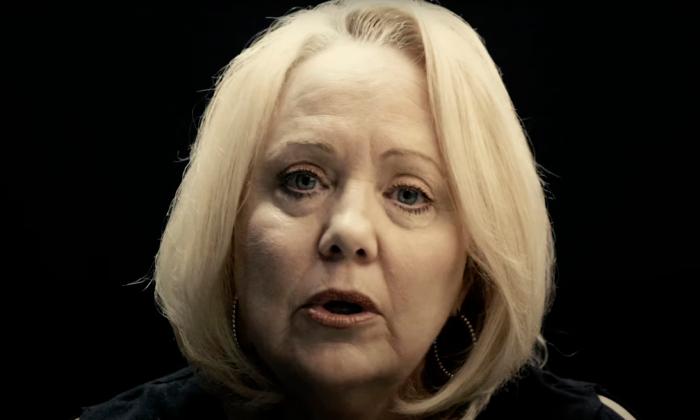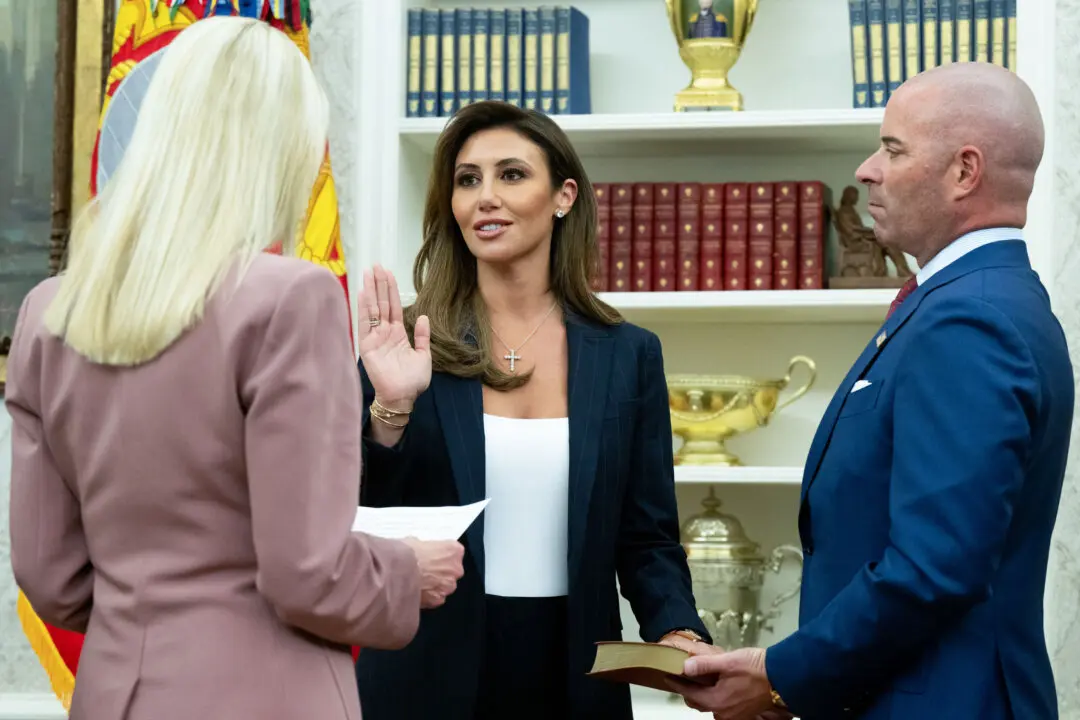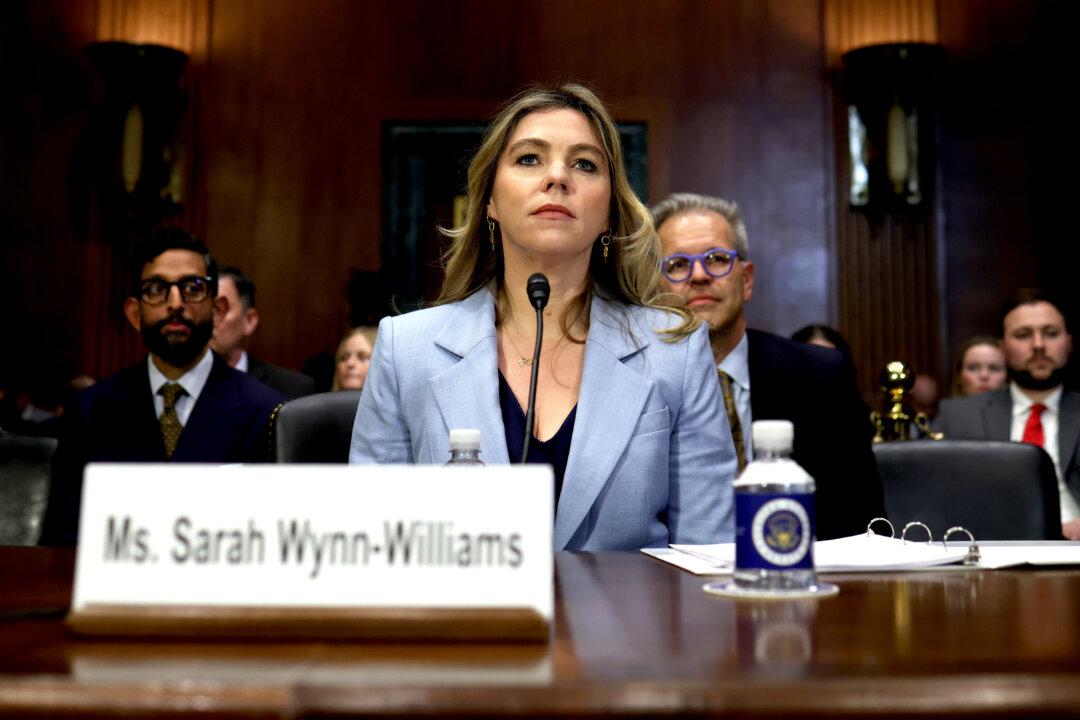As a mother of two and grandmother of seven, Miriam “Penny” Hopper of Lake Placid, Florida, is as real as can be.
And normally, that’s a fact that need not be stated. But Ms. Hopper has been asked to prove her existence—among other facts of her personal history—over and over in the wake of the first GOP presidential primary debate.
That night, Florida Gov. Ron DeSantis shared her birth story of miraculously surviving not just one but two abortion attempts, unexpectedly thrusting Ms. Hopper into the spotlight.
‘She’s Alive!’
Growing up, Ms. Hopper was always told that she was a miracle.On Nov. 29, 1955, she was born at only 23 weeks’ gestation in the little town of Wauchula, Florida. She weighed just 1 pound, 11 ounces.
Her father had rushed her mother to the local infirmary in the middle of the night after a risky home abortion attempt went awry.

Ms. Hopper was always told that the doctor, who had gone home for the night, arrived at the clinic “in his pajamas and house shoes,” and that when he checked for her heartbeat, he heard none.
“What my father told me was the doctor said, ‘I do not hear a heartbeat. We’re going to have to abort,’” she recalled.
At that time, abortion was illegal in most areas of the United States, including Florida.
In Ms. Hopper’s case, the doctor did not order a surgical abortion but rather induced labor. She said she wasn’t sure if he was aware of what her mother had tried to do.
“He might have thought it was a miscarriage. I don’t know.”
After inducing labor, the doctor reportedly left her mother in the care of a nurse. But before he left, he instructed the nurse to “discard” Ms. Hopper’s body—even if she was born alive.
“The doctor said, ‘You do not want this baby to survive. It will be a burden on you all your life,’” she said. “And he also said that the baby would not live long. You know, ‘It’s going to die anyway. Just discard it out there on the back porch of the clinic.’”
And that is where Ms. Hopper’s grandmother found her the next day, wrapped in a hand towel and lying in a pan.
In the words of Ms. Hopper’s father, her grandmother “went into orbit.”
“She’s alive!” her grandmother reportedly yelled before calling the police.
As no ambulance was available, the infirmary nurse drove her and her grandmother to Morrell Hospital in Lakeland, now Lakeland Regional Health Medical Center.
There, she was placed in an incubator, where the oxygen eventually turned her hair a coppery red, prompting nurses to call her “Penny.” But even after she arrived at the hospital, her life was still in danger.
“The doctor who was on call when I got there, I guess he did not think I needed to survive,” she said. “He was very mean—that was my dad’s words—he was very mean and didn’t care.”
Under that doctor’s care, Ms. Hopper contracted pneumonia and bronchitis, leading her mother to switch doctors.
Still, Ms. Hopper’s father was conflicted about whether he wanted her to survive.
“He would go up there and try to remove me [from the incubator]. And they put a restraining order against him so he couldn’t … visit me without supervision.”

A little over three months later, on her original due date of March 12, 1956, Ms. Hopper finally left the hospital in her mother’s arms.
The Search for Truth
Ms. Hopper learned many of the details of her birth in 2010, when she realized her father was nearing the end of his life.Feeling “pressed by God” to obtain answers before it was too late, she asked her father why he tried to end her life.
Apologizing, he explained that he had feared the financial burdens of another child, given that he and her mother already had one, her brother.
He also revealed that she was not the first child they tried to abort. He said that, before Ms. Hopper was conceived, he and her mother had successfully aborted multiple other children at home using a coat hanger.
Since that conversation, Ms. Hopper has researched her history to the best of her ability, though time has proven an obstacle on that front. While she could not obtain her birth and medical records, she found contemporary news reports of her miraculous birth.
One such article was published in the Nov. 30, 1955, edition of the Tampa Tribune. The article details a collision involving a police car that was escorting a “Wauchula premature baby” weighing 1 pound, 11 ounces to Morell Hospital on Nov. 29.
The article notes that the baby was born early that morning “and doctors advised incubation, which was not available in Wauchula.”

Meanwhile, a 1956 article from the Lakeland Ledger corroborates the date “tiny Miriam Browder” returned home from the hospital and details her months-long fight for life. However, the article also claims doctors at the Wauchula Infirmary “put forth greater efforts” to keep her alive for nine days before she was transported to the hospital.
‘Every Life Has a Face’
At the Aug. 23 debate, Mr. DeSantis shared an abbreviated version of Ms. Hopper’s story in response to a question about his position on abortion.“I know a lady in Florida named Penny,” he said. “She survived multiple abortion attempts. She was left discarded in a pan. Fortunately, her grandmother saved her and brought her to a different hospital.
“We’re better than what the Democrats are selling,” he added. “We are not going to allow abortion all the way up until birth, and we will hold them accountable for their extremism.”
Since then, Ms. Hopper has fielded numerous calls from reporters digging into her personal history and fact-checking the circumstances of her birth.
As for the reason behind the sudden scrutiny, she said she believes the media is out to “destroy” not only the governor but also the value of life.
“They’re going to pick anything apart they can because they’re so determined to destroy life,” she said.
Raising Awareness
Another person who shares that perspective is Melissa Ohden, the founder of the Abortion Survivors Network, a Missouri-based advocacy group that supports and connects those who have survived abortions around the world.The network currently consists of 684 survivors, of which Ms. Hopper is one. But abortion survivors aren’t the only people the organization helps.
“Behind every abortion survivor, there’s a mom, there’s a father, there’s a family,” Ms. Ohden noted. “We are talking about thousands of people with this experience who haven’t had a place to support them in our culture until we came along. And that’s what I want the media to understand.”
“I think that’s a lot of what’s missing in the public discourse about abortion and survivors is, put yourself in our shoes,” she said. “What would you say if you were in our shoes? When they’re painting people as ‘anti-abortion activists’ who are survivors, what would they recommend that we do?”
She added that other members of her network had been affected by the treatment Ms. Hopper had received from the media as well.
“I asked a survivor this morning on our podcast, ‘What was it like for you to read the media responses to Penny?’” she said. “And she talked about it feeling shameful, that she felt ashamed for who she is. And that story that she had, she felt like she should be silent.
“Whether the media is intentionally doing that or not, that is the message that we’re getting.”
But Ms. Ohden said that she and the Abortion Survivors Network had no intention of being silent.
Instead, the organization has designated September as “Babies Survive Abortions Awareness Month” to further educate the public about the statistics and challenge some of the misconceptions surrounding abortion.
“Yes, babies survived abortions before Roe, like Penny. Babies survived during Roe, like me. And babies are surviving post-Roe, like babies that we are seeing born right now after surviving both chemical abortion pills,” Ms. Ohden noted, referencing Roe v. Wade, the abortion ruling the U.S. Supreme Court struck down last year.
On Sept. 10, the network will hold a National Day of Remembrance to commemorate all lives affected by abortion. Throughout the month, the network will also highlight the stories of survivors, women, and families that have been touched by abortion.
“I think it’s important that people educate themselves,” she said. “Be willing to go looking for information and not just rely on what media reports are. That is so important—especially on this issue. There is far more to the conversation than what we’re catching in the typical mainstream media.”







